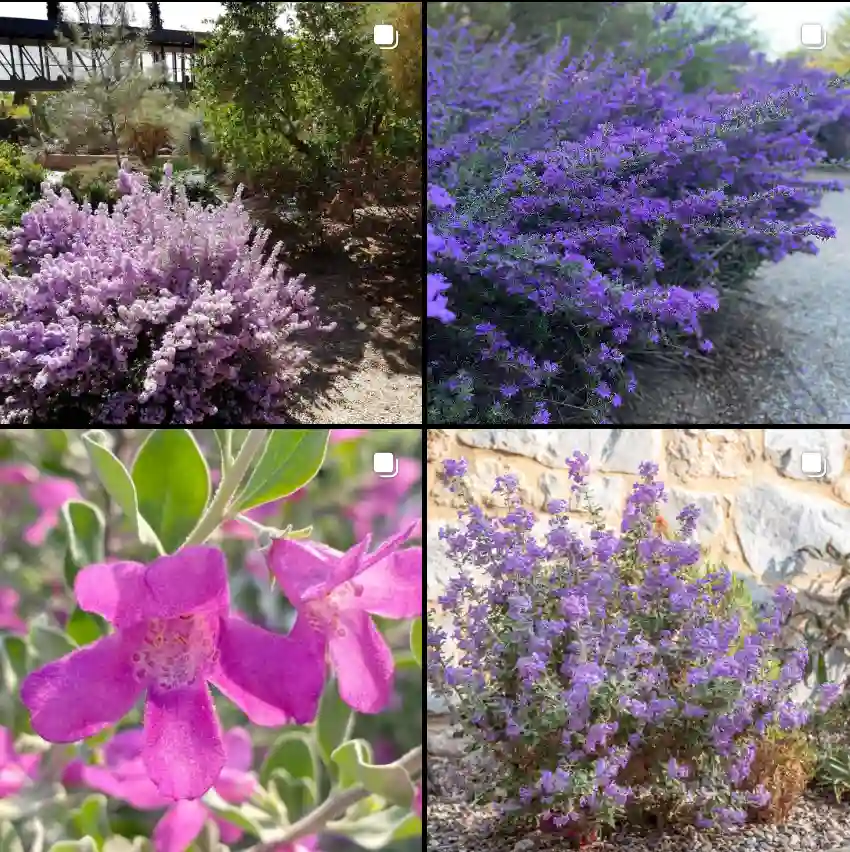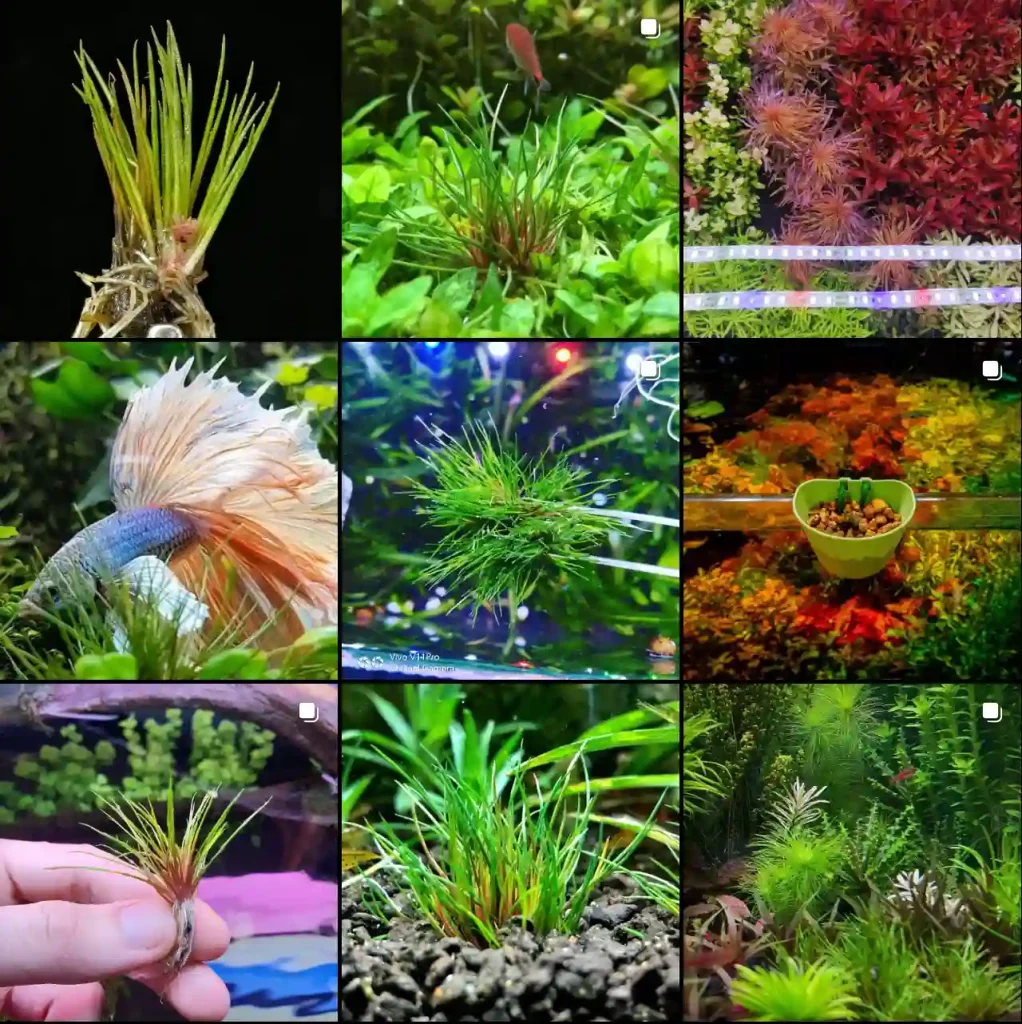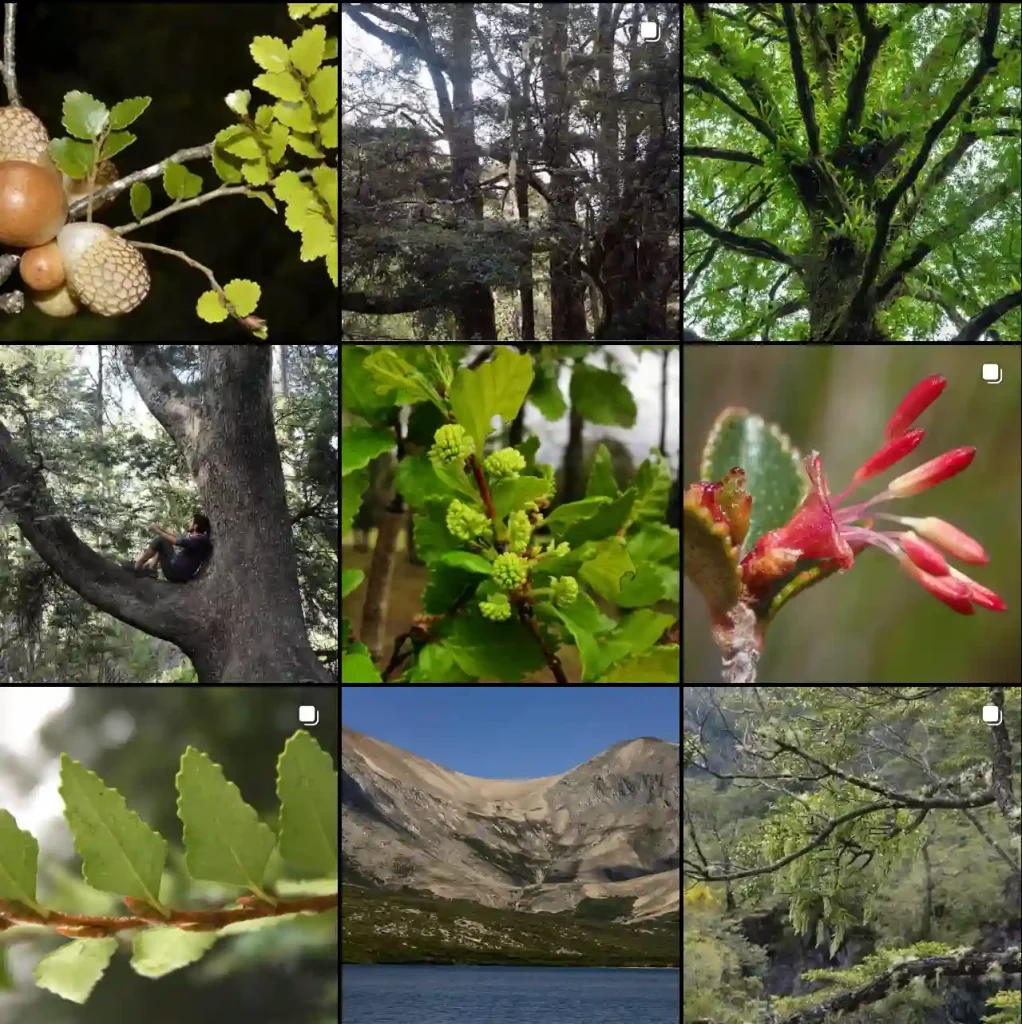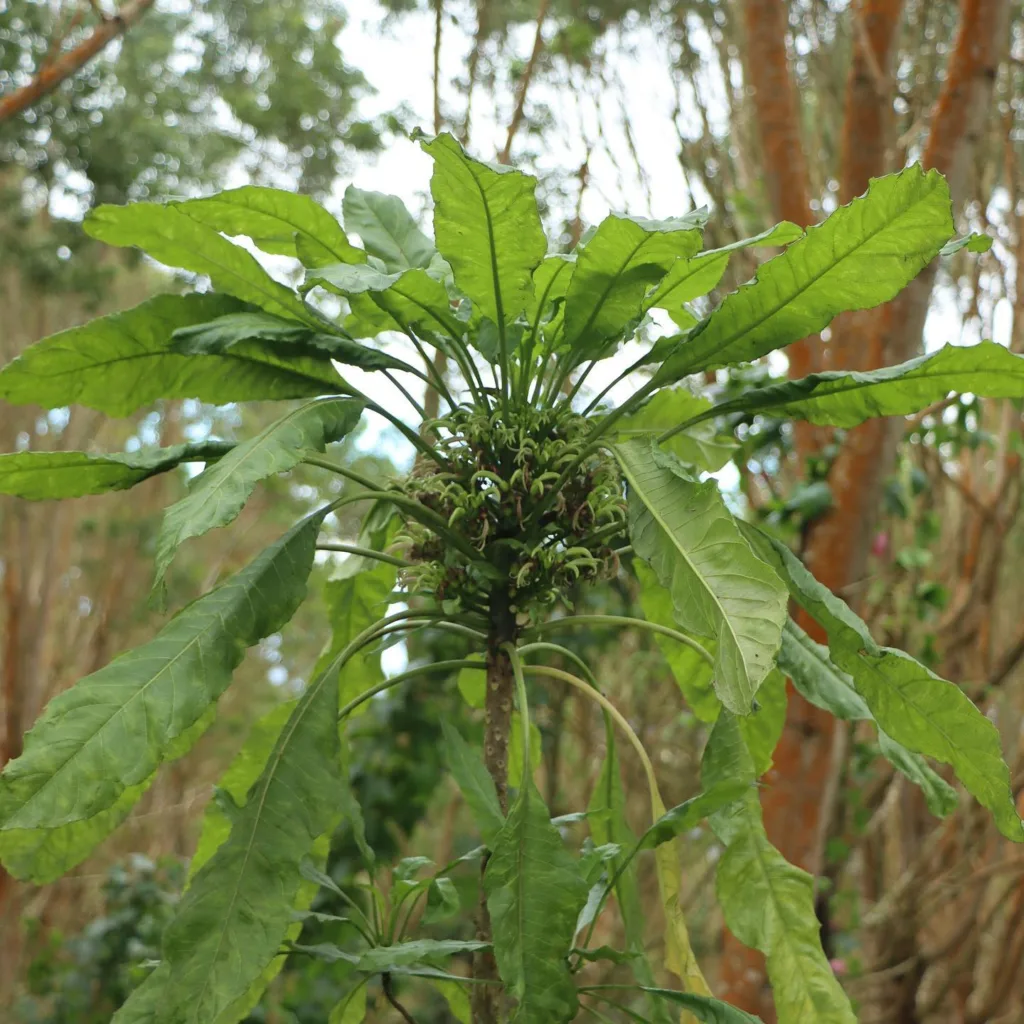Exploring the Fascinating Didiereaceae Family
As a plant enthusiast, I find immense joy in exploring the diverse families of plants that grace our planet. One such family that has captured my interest is the Didiereaceae family. This unique group of succulent plants originates from Madagascar, a region renowned for its extraordinary biodiversity. In this article, I will delve into the genera within the Didiereaceae family, including Alluaudia, Alluaudiopsis, Calyptrotheca, Decarya, Didierea, and Portulacaria, sharing my personal experiences and insights along the way.
Understanding the Didiereaceae Family
The Didiereaceae family comprises predominantly succulent plants adapted to the arid conditions of Madagascar. These plants often exhibit distinctive features, such as thickened stems and fleshy leaves, allowing them to store water efficiently. The family is also known for its remarkable ability to thrive in poor soil conditions, making them a fascinating subject for both horticulturists and ecologists.
Alluaudia: The Tall Succulent
Alluaudia is one of the most notable genera in the Didiereaceae family. It includes species such as Alluaudia comosa, which can grow to impressive heights, resembling a small tree. I remember the first time I encountered this plant; its towering presence was striking. The thick, spiny branches and lush green leaves create an impressive silhouette against the backdrop of a desert landscape.
Alluaudia plants thrive in full sun and well-draining soil, making them suitable for cultivation in arid climates. Their unique appearance and resilience have made them popular among succulent collectors, and I have found them to be relatively low-maintenance as long as their basic needs are met.
Alluaudiopsis: The Miniature Cousin
In contrast to Alluaudia, Alluaudiopsis consists of smaller, more compact plants. These species, such as Alluaudiopsis marnieriana, are perfect for those who appreciate the beauty of succulents but have limited space. I’ve cultivated a few Alluaudiopsis plants in my collection, and they never fail to impress with their dense foliage and charming structure.
These plants require similar care to their larger relatives but thrive in slightly shadier conditions. This adaptability makes Alluaudiopsis a fantastic choice for indoor gardening, where light levels can vary. I enjoy showcasing these plants in decorative pots that highlight their unique shapes.
Calyptrotheca: A Rare Gem
Calyptrotheca is another intriguing genus within the Didiereaceae family. Known for its rarity and uniqueness, Calyptrotheca has captured the attention of plant collectors worldwide. Calyptrotheca crassifolia, in particular, is a standout species with its thick, rounded leaves that store moisture efficiently.
Finding a Calyptrotheca plant can be a challenge, but I consider it worth the effort. These plants add a touch of the exotic to any collection, and I’ve noticed that they thrive in bright, indirect light. Their unique appearance sparks curiosity among visitors, and I love sharing the story of this rare genus with fellow plant lovers.
Decarya: The Shady Succulent
The Decarya genus offers a different perspective on the Didiereaceae family. Unlike its relatives, Decarya species, such as Decarya madagascariensis, prefer shady environments. I’ve observed these plants in their natural habitat, where they thrive beneath the canopy of larger trees.
Decarya’s unique adaptations make it a fascinating subject for study. Its fleshy, paddle-like leaves are a testament to its resilience, allowing it to survive in less than ideal conditions. When cultivating Decarya, I ensure they are placed in a location that mimics their natural habitat, providing filtered light and moderate humidity.
Didierea: The Iconic Didiereaceae
Didierea is perhaps the most recognizable genus in the Didiereaceae family, thanks to its striking appearance. Didierea madagascariensis, also known as the “octopus tree,” is a personal favorite of mine. Its sprawling, spiny branches and vibrant green leaves create a captivating visual display.
Caring for Didierea plants requires some attention to detail. They thrive in well-draining soil and need ample sunlight. I often position my Didierea plants in bright, sunny spots, and they reward me with lush growth. The unique structure of these plants adds an element of intrigue to my garden.
Portulacaria: The Versatile Survivor
Lastly, Portulacaria, particularly Portulacaria afra, commonly known as the “baby jade plant,” is a beloved member of the Didiereaceae family. This succulent is incredibly versatile, thriving in various environments. I’ve grown Portulacaria both indoors and outdoors, and its adaptability never ceases to amaze me.
Portulacaria plants have a bushy growth habit and vibrant green leaves that create a cheerful ambiance. They are also known for their ability to attract pollinators, which adds to their ecological value. I’ve often used Portulacaria as a ground cover in my garden, where it flourishes in full sun.
Conclusion
The Didiereaceae family is a treasure trove of unique succulent plants that thrive in the harsh conditions of Madagascar. Each genus, from Alluaudia to Portulacaria, offers something distinct, making them valuable additions to any plant collection. My experiences with these plants have deepened my appreciation for their resilience and beauty, and I encourage fellow plant enthusiasts to explore the fascinating world of Didiereaceae. Whether you’re an experienced collector or a beginner, there’s a place for these remarkable plants in your garden or home.
If i die, water my plants!



